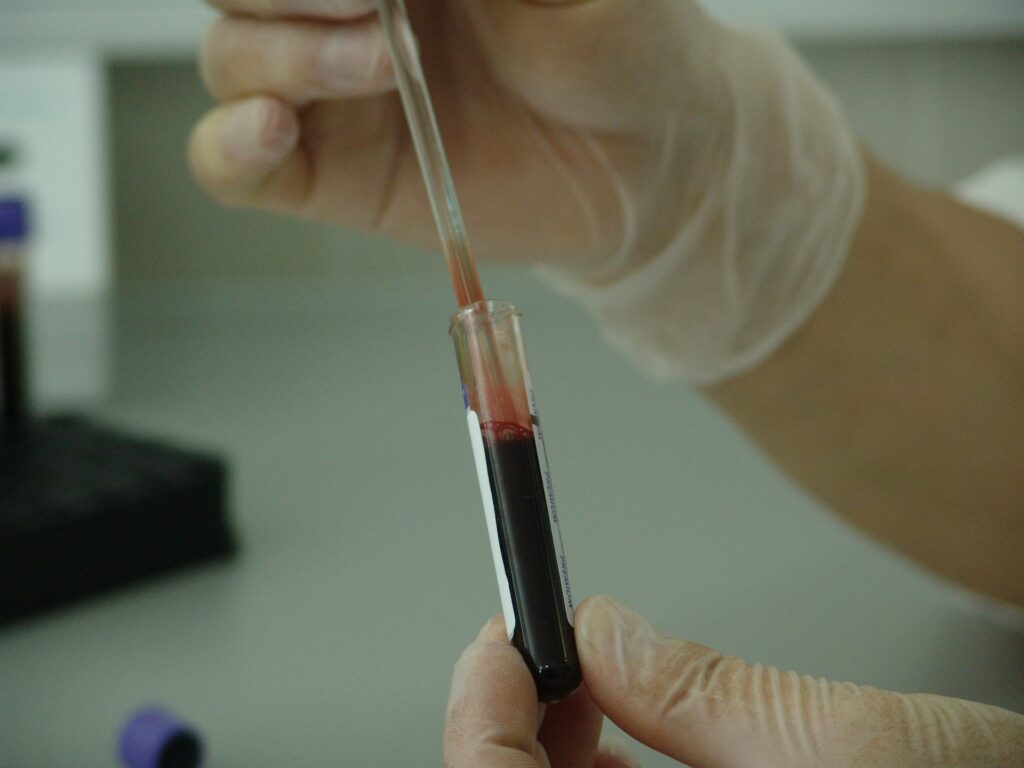
Researchers at the University of Oxford have discovered a new variant of the human immunodeficiency virus, called VB, in the Netherlands, which is believed to be more contagious and highly virulent.
The study published by the journal Science details that people infected with this new strain showed significant differences before antiretroviral treatment compared to those infected with other HIV variants.
Research suggests that people with the VB variant had a viral load between 3.5 and 5.5 times higher than those with other variants of the Human Immunodeficiency Virus (HIV).
So far, an international team of scientists reported that 109 cases have been detected, 82 percent in the Netherlands, mostly among men who have sex with men.
The VB variant triples or even quintuples the usual amount of virus in the blood, and can trigger Acquired Immunodeficiency Syndrome (AIDS) much more quickly if left untreated.
The document highlights that people with this strain also showed a higher risk of transmitting the virus to others; however, the good news is that after starting treatment, carriers of the VB variant had a similar immune system recovery and survival rate to people with other strains.
They also highlighted that the VB variant severely weakens the immune system, so it is necessary that it be diagnosed and treated promptly.
Dr Chris Wymant, lead author of the research from the University of Oxford's Big Data Institute and the Nuffield Department of Medicine, said HIV affects people in very different ways.
In some individuals the virus causes AIDS in just a few months, in others it takes a long time.
